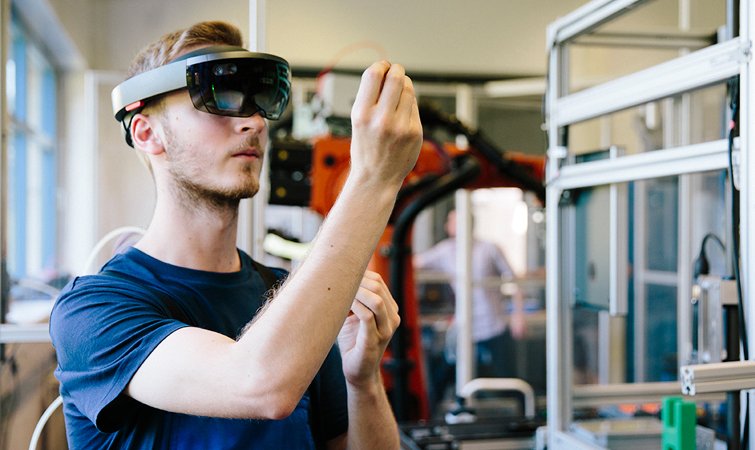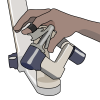
Human-machine interface technology is used by almost all industrial organizations—including energy, transportation, manufacturing and more.
At Case Western Reserve, we’re plugging into cognitive enhancements and looking deeper into the human body. By fusing human and machine intelligence, our researchers have developed new ways to treat brain disease—specifically therapeutic virtual environments and neuroprosthetic interfaces designed to help people with neurological injury (due to stroke, cerebral palsy, and spinal cord injury) regain lost vestibular and limb function.
We are also developing mixed reality human-machine interfaces to control large swarms of autonomous robots. Furthermore, our work in designing closed-loop control systems to enhance assistive neuromuscular and haptic electrical stimulation will lead to new rehabilitation strategies and sense of immersion in virtual environments and video games.
Labs and Facilities
- ECSE Undergraduate Computer Lab
- Interventions and Interfaces Research Group
- Jennings Computer Center Lab
- Kevin Kranzusch Virtual Worlds (Gaming and Simulation) Laboratory
- Nord Computer Laboratory
Institutes, centers and labs related to Augmented/Virtual Reality and Human-Machine Interfaces
Faculty who conduct research in Augmented/Virtual Reality and Human-Machine Interfaces
Alexis E. Block

Marc Buchner
Applies computer gaming technology and digital signal processing, especially VR and AR, to problem-solving in fields including psychology, nursing and medicine

M. Cenk Cavusoglu
Develops next-generation medical robotic systems for surgery and image-guided interventions

Vipin Chaudhary
High Performance Computing and Applications to Science, Engineering, Biology, and Medicine; Artificial Intelligence/Machine Learning/Data Science; Computer Assisted Diagnosis and Interventions; Medical Image Processing; Computer Architecture; Quantum Computing.

Zonghe Chua
I develop intelligent telerobotic systems that sense and reason about their operator to deliver smart multisensory feedback that enhances the human-robot system performance.

Michael Fu
Develops virtual environments and neural interfaces to improve human health after neurological injury

Emily Graczyk
Development and clinical assessment of neural interfaces and stimulation approaches to restore and enhance somatosensory function
Lab website: https://www.graczyklab.com/

Wyatt Newman
Designs intelligent robots, machines and software for diverse applications

